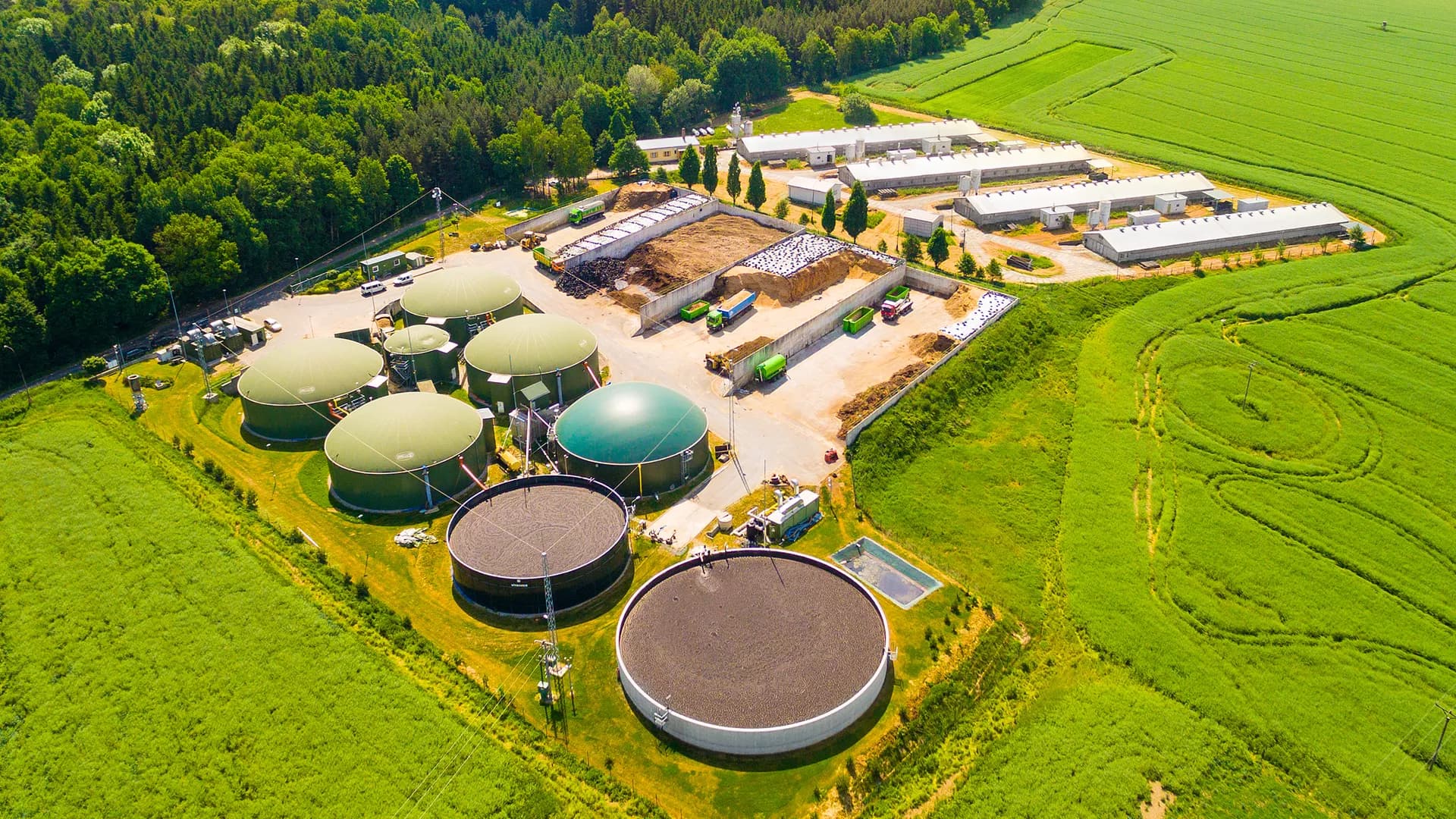Self-assembly driven by noncovalent interactions (electrostatic, hydrophobic, ion coordination, hydrogen bonding interactions, etc.) is widely spread in nature. For example, cell components such as cell membrane, nucleosome and protein complexes are built based on the highly ordered assembly between lipids, nucleic acids, proteins, and other biomolecules. Inspired by these, self-assembly of natural biomolecules e.g., peptides, proteins, nucleic acids, polysaccharides, and polyphenols as well as synthesized biomolecules have provided great opportunities to construct multifunctional materials for various biomedical applications. These self-assembled biomolecules used as healthcare materials are not only easy to prepare but are also characterized by an excellent biocompatibility as well as intrinsic bioactivities inherent to specific biomolecules. To date, interdisciplinary research efforts have been focusing on the self-assembly of biomolecules for medical applications including drug delivery, tissue engineering, biosensing and theranostics, etc.
Self-assembly of biomolecules have generated numerous healthcare materials of different advantages, e.g. nanoparticles, nanogels, DNA origami, micelles, nanofibers, microparticles, fibers and hydrogels. The preparation is of ease, while the accurate control of the self-assembly process remains challenging. Moreover, a thorough understanding of the interaction between self-assembled biomolecules and cells both in vitro and in vivo is still needed, which helps guide the development of more efficient and intelligent biomaterials especially for translational medicine. This Research Topic aims to provide an overview of the timely and recent progresses of self-assembled biomolecules as well as to discuss future challenges and perspectives for their biomedical applications.
The Topic Editors welcome the submissions of Review, Mini Review and Original Research articles discussing the self-assembled biomolecules as therapeutic, biosensing, imaging and diagnostic agents for different diseases (cancers, infections, inflammations, etc.). The Topics may include but not limited to:
• Self-assembly of naturally-derived biomolecules (amino acids, peptides, proteins, nucleic acids, polysaccharides, polyphenols, lipids, etc.)
• Self-assembly of drug/dyes, drug conjugates and synthetic biomolecules, etc.
• Hybrid materials involving the self-assembly of biomolecules
• Characterization, molecular simulation, and mechanism of self-assembled biomolecules
• Biomedical applications of self-assembled biomolecules
• Dynamic/responsive assembly strategies for drug delivery, biosensing and imaging, etc.
Self-assembly driven by noncovalent interactions (electrostatic, hydrophobic, ion coordination, hydrogen bonding interactions, etc.) is widely spread in nature. For example, cell components such as cell membrane, nucleosome and protein complexes are built based on the highly ordered assembly between lipids, nucleic acids, proteins, and other biomolecules. Inspired by these, self-assembly of natural biomolecules e.g., peptides, proteins, nucleic acids, polysaccharides, and polyphenols as well as synthesized biomolecules have provided great opportunities to construct multifunctional materials for various biomedical applications. These self-assembled biomolecules used as healthcare materials are not only easy to prepare but are also characterized by an excellent biocompatibility as well as intrinsic bioactivities inherent to specific biomolecules. To date, interdisciplinary research efforts have been focusing on the self-assembly of biomolecules for medical applications including drug delivery, tissue engineering, biosensing and theranostics, etc.
Self-assembly of biomolecules have generated numerous healthcare materials of different advantages, e.g. nanoparticles, nanogels, DNA origami, micelles, nanofibers, microparticles, fibers and hydrogels. The preparation is of ease, while the accurate control of the self-assembly process remains challenging. Moreover, a thorough understanding of the interaction between self-assembled biomolecules and cells both in vitro and in vivo is still needed, which helps guide the development of more efficient and intelligent biomaterials especially for translational medicine. This Research Topic aims to provide an overview of the timely and recent progresses of self-assembled biomolecules as well as to discuss future challenges and perspectives for their biomedical applications.
The Topic Editors welcome the submissions of Review, Mini Review and Original Research articles discussing the self-assembled biomolecules as therapeutic, biosensing, imaging and diagnostic agents for different diseases (cancers, infections, inflammations, etc.). The Topics may include but not limited to:
• Self-assembly of naturally-derived biomolecules (amino acids, peptides, proteins, nucleic acids, polysaccharides, polyphenols, lipids, etc.)
• Self-assembly of drug/dyes, drug conjugates and synthetic biomolecules, etc.
• Hybrid materials involving the self-assembly of biomolecules
• Characterization, molecular simulation, and mechanism of self-assembled biomolecules
• Biomedical applications of self-assembled biomolecules
• Dynamic/responsive assembly strategies for drug delivery, biosensing and imaging, etc.




![Representative metal-coordinated macrocycles synthesized using foldable ligands. (A,B) Macrocyclization via coordination between Ag+ and foldable peptides; (C) Structures of folded peptides P1 and P2, and the crystal structures of P1+Ag+ (2 + 2 macrocycle) and P2+Ag+ complexes; (D–F) Structures of ligands containing aromatic ring and pyridine groups for the coordination with metal ions to form macrocycles; (D) Structures of ligand L, M- and P-enantiomer coordinated with Fe2+ or Ni2+ to form [Fe2L3]Cl4, [Ni2L3]Cl4, NiM and NiP; (E) pH-responsive Pt2+ directed macrocycles; (F) The formation of macrocyclic octahedral Ru(II) complexes. Adapted with permission from refs (Li et al., 2014; Mishra et al., 2014; Chan et al., 2015; Qin et al., 2017; Sawada et al., 2019a; Misra et al., 2019; Inomata et al., 2020).](https://www.frontiersin.org/_rtmag/_next/image?url=https%3A%2F%2Fwww.frontiersin.org%2Ffiles%2FArticles%2F1078432%2Ffchem-10-1078432-HTML%2Fimage_m%2Ffchem-10-1078432-g001.jpg&w=3840&q=75)



